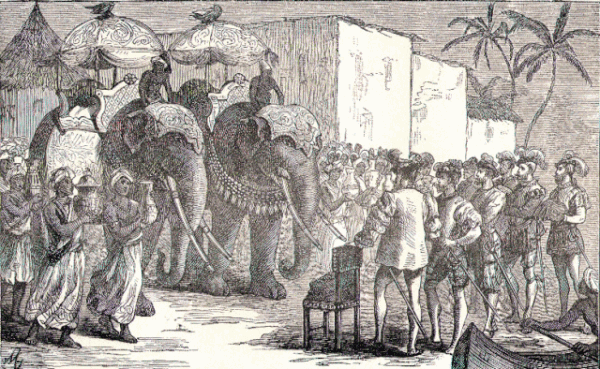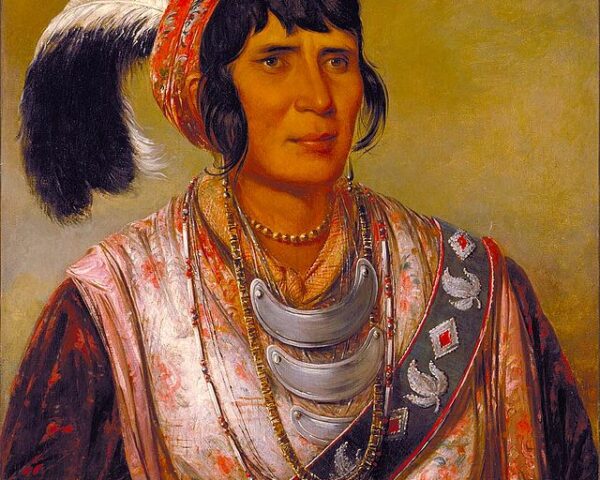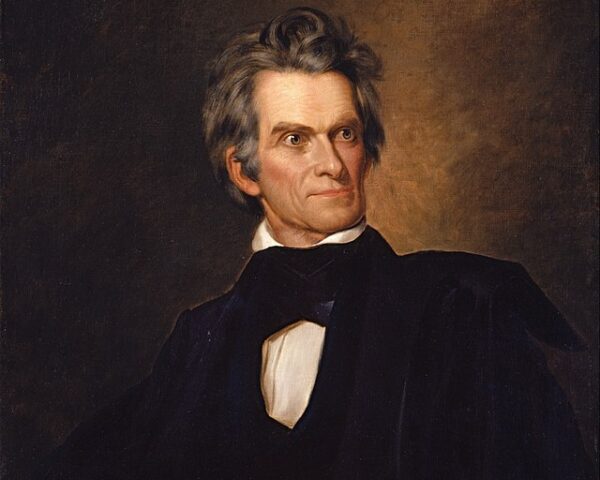On August 10, 1519, Ferdinand Magellan embarked on one of the most ambitious and historic voyages in the annals of exploration: the first circumnavigation of the globe. This monumental journey, undertaken under the auspices of the Spanish crown, would forever alter the world’s understanding of geography, sea navigation, and the size and shape of the Earth itself.
Magellan, born in Portugal in 1480, was an experienced navigator and mariner who had previously sailed to the East Indies, gaining invaluable knowledge of the spice trade routes. By the early 16th century, the European powers were locked in a fierce competition for control of these lucrative trade routes, particularly the spice trade, which was dominated by the Portuguese. Magellan believed that he could find a westward route to the Spice Islands, now known as the Maluku Islands in Indonesia, which would bypass the Portuguese-controlled eastern route around Africa.
After failing to gain support for his plan from King Manuel I of Portugal, Magellan turned to Spain, where King Charles I (later Holy Roman Emperor Charles V) was eager to break Portugal’s monopoly on the spice trade. In 1518, Magellan secured a commission from the Spanish crown to lead an expedition westward to the Spice Islands. The Spanish monarchs were motivated not only by the promise of vast wealth but also by the potential for expanding their empire and spreading Christianity.
The fleet that Magellan assembled for this daring expedition consisted of five ships: the Trinidad, San Antonio, Concepción, Victoria, and Santiago. The crew numbered approximately 270 men, drawn from various nations, including Spaniards, Portuguese, Italians, French, and even some Africans. The fleet set sail from the port of Seville and headed southward toward the Canary Islands, before crossing the Atlantic Ocean toward the coast of South America.
Magellan’s journey was fraught with challenges from the outset. The crew faced treacherous weather conditions, navigational difficulties, and internal conflicts. Despite these obstacles, Magellan pressed on, driven by a combination of determination, religious zeal, and a desire for glory. As the fleet moved down the eastern coast of South America, Magellan sought a passage through the continent that would lead them to the Pacific Ocean.
In October 1520, after more than a year of arduous sailing, Magellan finally found the strait that now bears his name: the Strait of Magellan, located at the southern tip of South America. This narrow and dangerous passage marked a critical turning point in the expedition. Although one of the ships, the San Antonio, deserted and returned to Spain, the remaining vessels successfully navigated the strait and emerged into the vast, uncharted waters of the Pacific Ocean.
The Pacific crossing was perhaps the most grueling leg of the voyage. The fleet sailed for nearly four months without sighting land, enduring extreme hunger, scurvy, and other hardships. Magellan’s leadership during this period was crucial in maintaining the morale of the crew, despite the dire circumstances. In March 1521, the fleet finally reached the Philippine islands, where they restocked provisions and encountered local inhabitants.
Tragically, Magellan’s journey would end in the Philippines. In April 1521, he was killed during a skirmish with the local warriors on the island of Mactan. His death, however, did not mark the end of the expedition. The remaining crew, under the command of Juan Sebastián Elcano, continued the voyage. After further trials, including hostile encounters and dwindling supplies, the Victoria, the sole surviving ship of the original fleet, returned to Spain on September 6, 1522, completing the first circumnavigation of the globe.
Magellan’s voyage was a monumental achievement that reshaped the world map and ushered in a new era of global exploration and trade. Despite the loss of most of his fleet and crew, Magellan’s name remains synonymous with the spirit of exploration and the human drive to push beyond the known world in search of new horizons.






